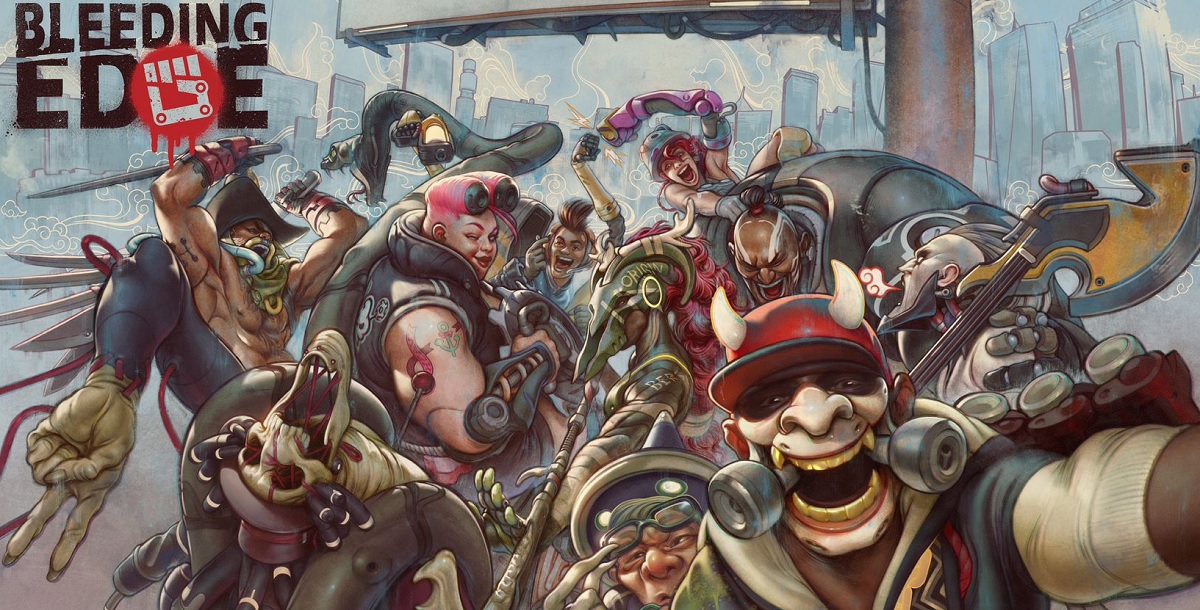Playing Ninja Theory’s Bleeding Edge made me think about the famous quote from U.S. Army General George Patton: “No bastard ever won a war by dying for his country. He won it by making the other poor dumb bastard die for his country.”
But in Bleeding Edge’s 4-versus-4 multiplayer team combat, you die a lot. Then you learn who killed you with what, and then you go back into the fray to die again. Eventually, you may start to catch on about how to make the other bastards die. But you have a lot of enemies to learn, and they have many ways to put you down.

Unlock premium content and VIP community perks with GB M A X!
Join now to enjoy our free and premium membership perks.
![]()

![]()